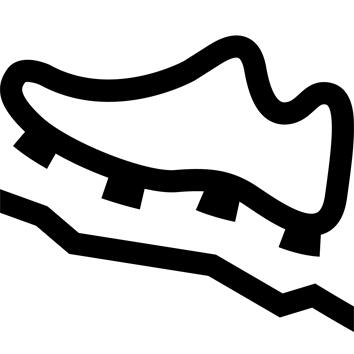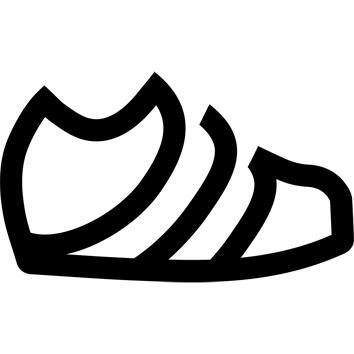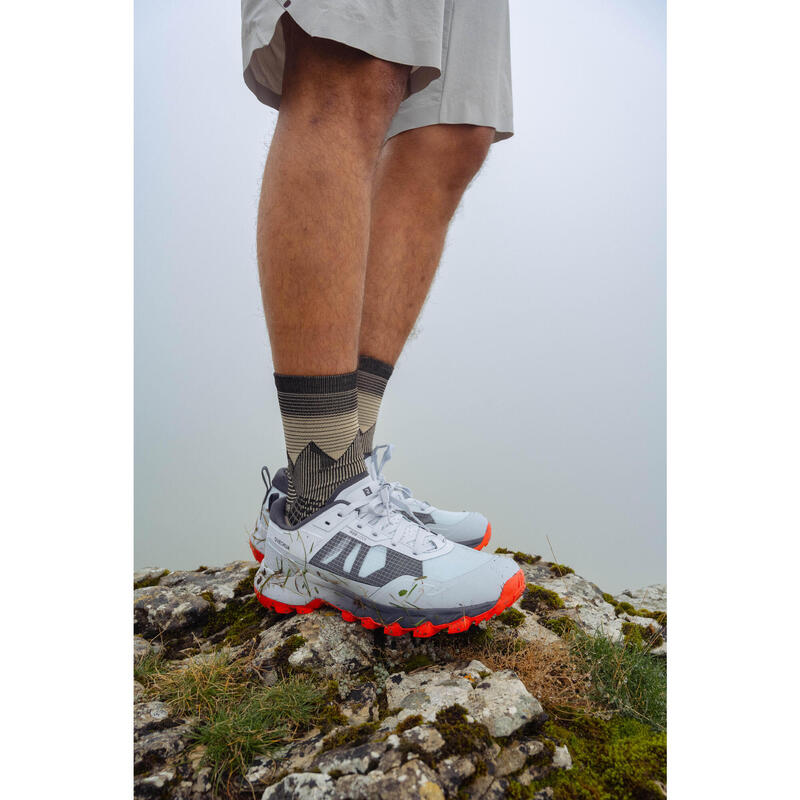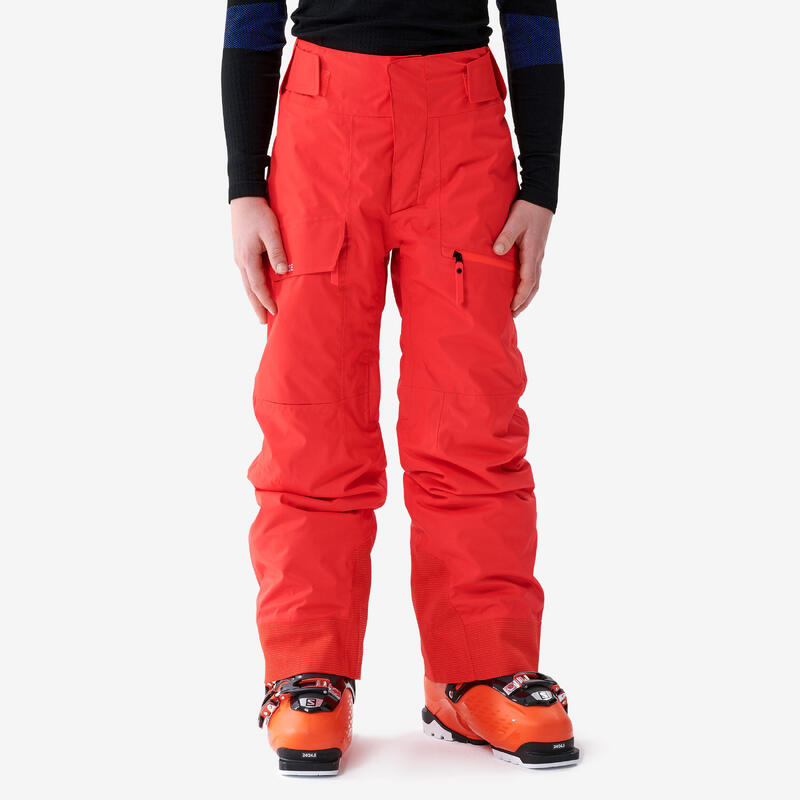Outdoor contact soles
New high-performance outsole with our exclusive new rubber compound developed by our experts. More grip, more resistance. The sole design is engineered for greater grip using 3D simulations and then tested in the laboratory to assess the coefficient of adhesion on different surfaces and conditions. Field tests in the mountains enable us to make the final validation with a panel of testers.
Product design: our expertise
Our worldwide design center Quechua is based in Passy, at the foot of Mont-Blanc in Haute Savoie.
This location makes it a real meeting place for our teams (designers, product managers, engineers...) and outdoor sports enthusiasts.
A great asset for designing your mountain hiking products, and for providing you with all our expertise.
Which size to choose?
The most important thing is to try on several sizes and models of shoes to find the one that's right for you!
You can go one size bigger than your usual shoe size to avoid your toes banging against the ground on the way down, as long as your foot is well supported to avoid rubbing.
Tip: keep your nails short and check before any long descent that your lacing is tight enough to prevent your foot from sliding towards the front of the shoe.
How often and how intensively should I hike?
We have classified our products in terms of performance and functionality to suit 3 levels of mountaineering experience:
- Occasional: about ten hikes a year, lasting about 3 to 4 hours, less than 10km and less than 700m ascent.
- Regular: about twenty outings a year. 4 to 6 hours, 10 to 20 km, 700 to 1200m ascent per outing.
- Intensive: more than 20 outings per year. More than 6 hours, more than 20 km, 1200 to 2000m ascent per outing.
Buying advice: how to try on your shoes
Some Decathlon stores are equipped with a test trail.
1. Try on both shoes, standing up, with the socks you use for hiking.
2. Tighten the laces, taking care to distribute the tightening evenly.
3. Check two points:
- the heel does not lift off the front of the shoe when walking uphill.
- the foot does not slip and the toes do not touch the front when walking downhill.
4. Try on several sizes and models.
Use them progressively to make them fit your foot.
How to avoid blisters?
Blisters generally appear when our skin is weakened by friction. To reduce the risk of blisters appearing, we advise you to:
- Choose a shoe in your size.
- Wear appropriate socks.
- Tie your shoes properly.
- Do not hesitate to readjust the tightness of your laces during practice, especially before starting a climb or descent.
- Wear your shoes for a short outing when first using them.
Optimize the performance of your shoes: replace your insoles
The original insole in your shoes is designed to fit as many feet as possible. A change of insole can provide:
1. Better support: some insoles are preformed or reinforced to better support the arch of the foot.
2. Greater comfort: insoles can also provide warmth and/or cushioning.
3. Longer life: get back the support and comfort of your shoes by replacing the insole every season.
How to care for your shoes
- Allow to air dry.
- Remove dried mud with a stiff brush.
- For stains, clean with a brush and lukewarm water
- Allow to dry
- Spray the stem with a waterproofing spray to restore water repellency.












